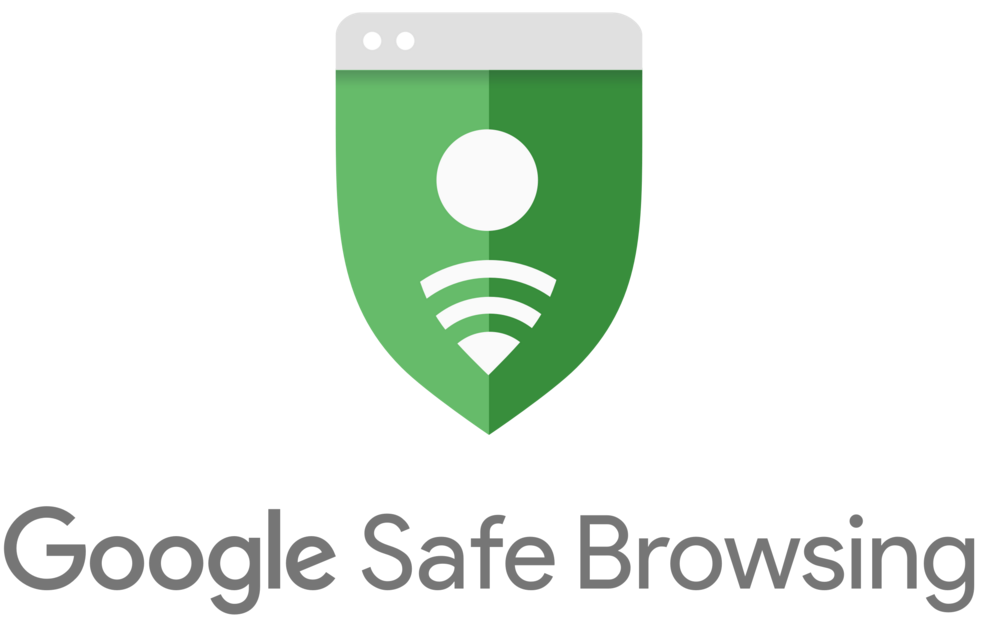If you own a car or are looking into buying one, you should definitely learn about different types of car insurance coverage to ensure you're safe at all times. Not all policies are created equal, and knowing the differences can help you choose the best protection for your needs.
From essential liability coverage to optional add-ons like roadside assistance and gap insurance, each type serves a specific purpose. Let's learn more about them, so you can find a policy that fits you and your budget the most.
What Are The Main Types of Car Insurance Coverage?
Liability Coverage
Liability coverage is often mandatory and covers the costs associated with injuries or damages done to others in an accident that you've caused. It has two components:- Bodily Injury Liability: covers medical expenses, lost wages, and legal fees resulting from injuries to others.
- Property Damage Liability: covers the repair or replacement costs of another person’s property, such as their vehicle or a damaged structure.
Collision Coverage
This coverage pays for damage to your vehicle resulting from a collision, regardless of who is at fault. Whether you hit another car or an object like a pole, collision coverage ensures your repair costs are covered.Comprehensive Coverage
Comprehensive insurance protects your vehicle from non-collision-related damages. This includes theft, vandalism, natural disasters, falling objects, or animal-related incidents. For example, if a tree falls on your car, comprehensive coverage steps in.Uninsured/Underinsured Motorist Coverage
This coverage protects you if you’re involved in an accident with a driver who doesn’t have insurance (uninsured) or has insufficient coverage (underinsured). It covers medical expenses, lost wages, and damages to your vehicle in such scenarios.Personal Injury Protection (PIP)
Also known as no-fault insurance, PIP covers medical expenses for you and your passengers, regardless of who caused the accident. Some policies also include coverage for lost wages and essential services like childcare during recovery.Medical Payments Coverage (MedPay)
Similar to PIP, MedPay covers medical expenses for you and your passengers after an accident. However, it’s more limited in scope, focusing solely on medical costs rather than additional expenses like lost wages.Types of Optional Coverages to Consider
In addition to the most common and main types, many insurers offer optional coverages to enhance your policy and best suit specific needs:- Gap Insurance: if you owe more on your car loan than the vehicle’s current value, gap insurance covers the difference in case your car is totaled.
- Rental Reimbursement Coverage: this coverage helps pay for a rental car while your vehicle is being repaired after a covered incident.
- Roadside Assistance: offers services like towing, battery jumps, and flat tire changes if your vehicle breaks down.
- Custom Equipment Coverage: for those who have installed aftermarket modifications, this coverage protects custom parts like rims, sound systems, or body kits.
- Rideshare Insurance: if you drive for a rideshare service like Uber or Lyft, this coverage bridges the gap between your personal insurance and the company-provided policy.
- New Car Replacement Coverage: this option replaces your totaled car with a brand-new vehicle of the same make and model if the accident occurs within a certain time frame.
What Car Insurance Coverage Do I Need?
Choosing the right type of car insurance coverage and optionals will depend on several factors, such as:- State Requirements: many states mandate a minimum level of liability coverage. Ensure you meet these legal requirements.
- Vehicle Value: for newer or more expensive cars, collision and comprehensive coverage are highly recommended to protect your investment. On the other hand, for older vehicles with low market value, liability coverage might suffice.
- Driving Habits: if you drive frequently or in high-traffic areas, additional coverages like uninsured motorist protection or roadside assistance could be beneficial.
- Financial Situation: consider how much you can afford to pay out-of-pocket in the event of an accident. Higher deductibles can lower your premium but increase your financial responsibility after a claim.
- Personal Needs: if you have a family, personal injury protection or medical payments coverage can provide peace of mind by covering medical expenses for everyone in the vehicle.



 8 Common Mistakes to Avoid When Filing Your Taxes
8 Common Mistakes to Avoid When Filing Your Taxes  Age Limits for Children’s Bank Accounts: What Parents Need to Know
Age Limits for Children’s Bank Accounts: What Parents Need to Know  The Impact of Artificial Intelligence Advancements on the Financial Lives of Americans
The Impact of Artificial Intelligence Advancements on the Financial Lives of Americans